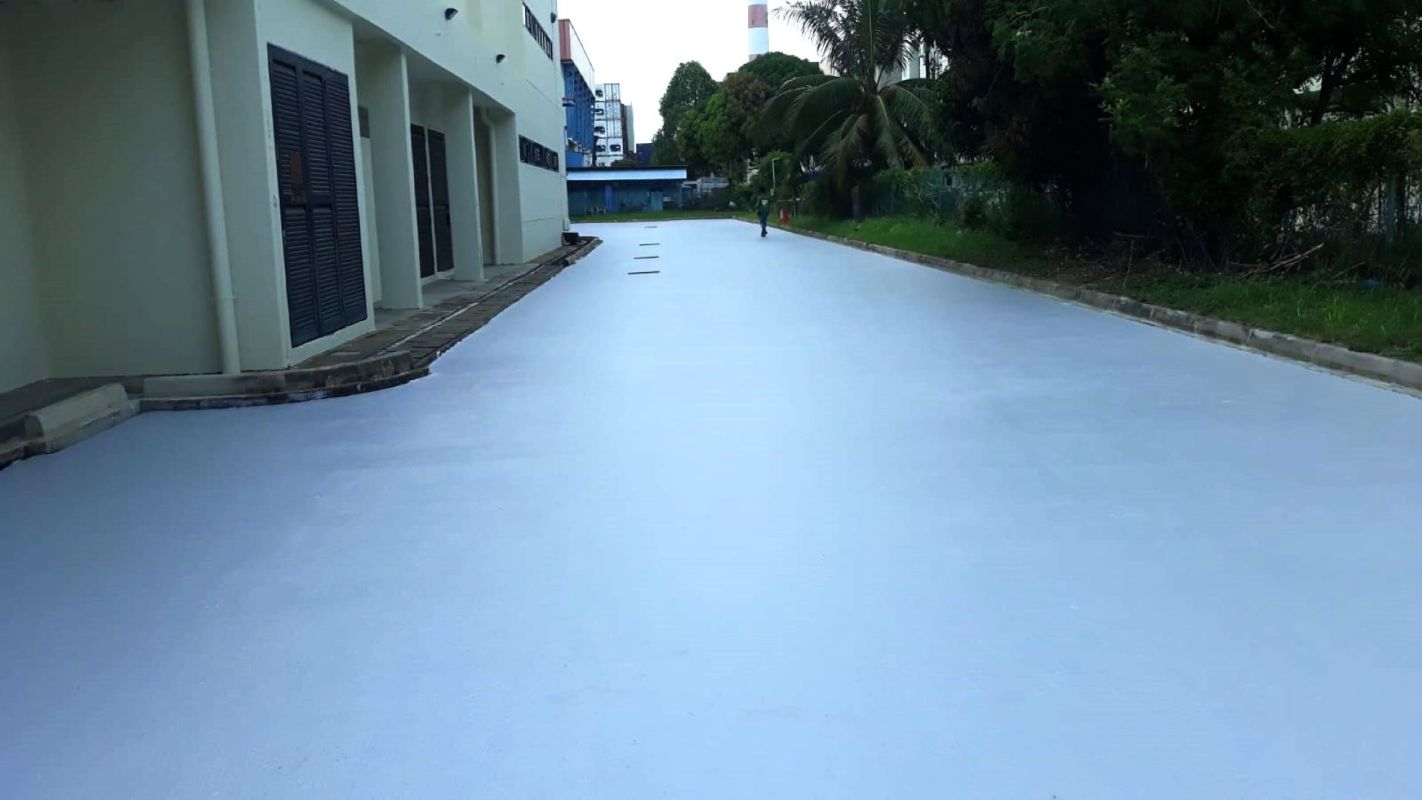Forget painting the town red. Revelers wanting to escape the heat may be adopting a new turn of phrase following the recently revealed results of a real-world study.
As detailed by Phys.org, NTU Singapore researchers found that using "cool paint coatings" in urban areas resulted in pedestrians feeling 2.7 degrees Fahrenheit cooler — helping to mitigate the dreaded heat island effect.
"This is a minimally intrusive solution for urban cooling that has an immediate effect, compared to other options that often require major urban redevelopment to deploy," lead author Dr. E V S Kiran Kumar Donthu told the outlet.
"Moreover, by reducing the amount of heat absorbed in urban structures, we also reduce heat load in buildings, consequently reducing indoor air-conditioning energy consumption," he added.
According to Mark Radka, Chief of the Energy and Climate Branch of the U.N. Environment Programme, cooling needs are projected to triple by 2050, even though cooling already accounts for 20% of electricity used in buildings.
Without reducing heat-trapping gases generated by the sector, humanity could continue to be trapped in an unsavory and expensive cycle. Energy-efficient passive homes and a cleaner electrical grid are solutions that have gained traction.
Heat-reflective paints have also been used successfully in urban areas and countries more vulnerable to deadly heat waves, but NTU's study is the first of its kind to test cooling coatings on a large scale.
According to the research, published in Sustainable Cities and Society, the test site in Singapore was more than 129,000 square feet. After painting an industrial area, scientists used environmental sensors to track humidity, radiation, air movement, and surface and air temperature over two months.
They found that the cool "canyon" — compared to the parallel control area — experienced up to a 30% reduction in heat from built surfaces, per Phys.org, while roofs soaked up 40% less heat during the hottest part of the day.
"We hope findings from our study will encourage more urban planners to adopt cool paint coatings on more built-up surfaces, on a large scale," said NTU School of MAE assistant professor and study co-author Ng Bing Feng.
Now, as reported by the outlet, researchers intend to study how long the cooling paint will retain its effectiveness in the industrial location.
Join our free newsletter for weekly updates on the coolest innovations improving our lives and saving our planet.









